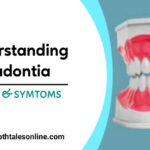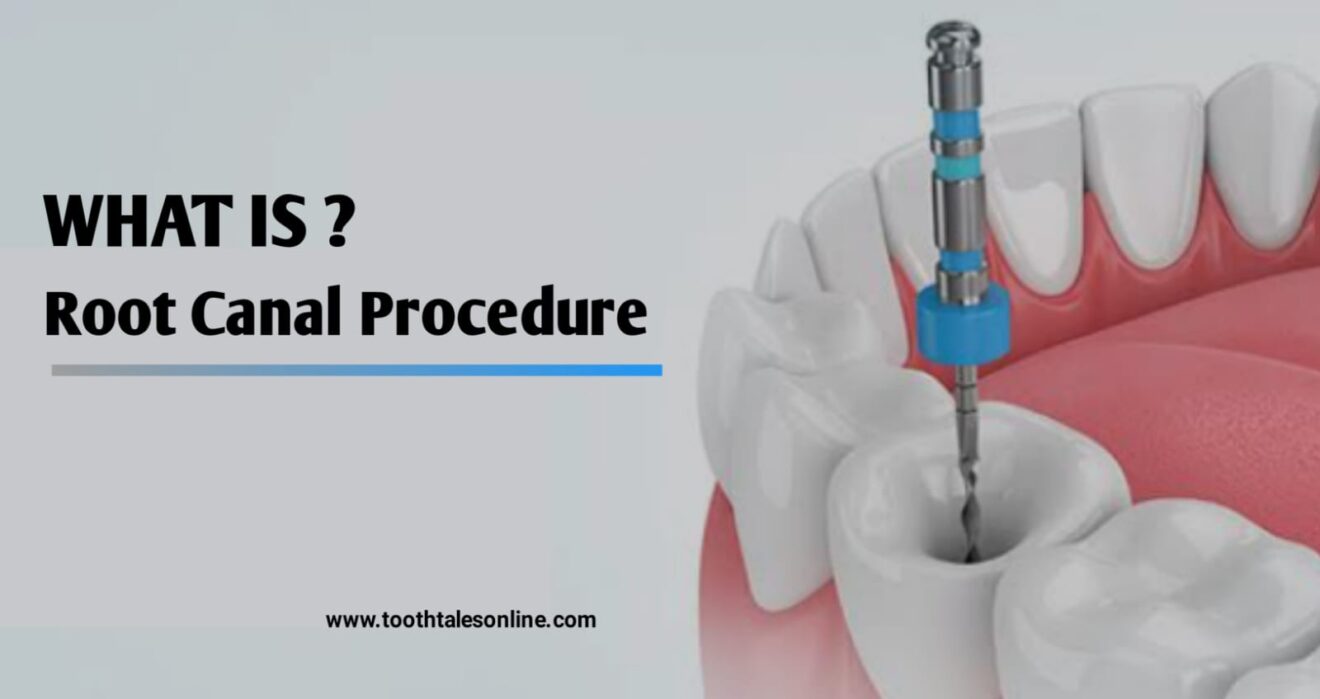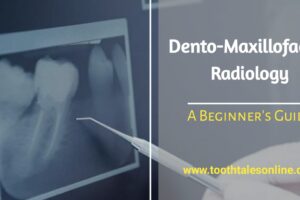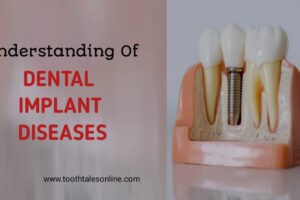What is Root Canal?
A root canal is a dental procedure used to treat and save a tooth that is badly decayed, infected, or damaged. It involves removing the infected or injured pulp (the soft tissue inside the tooth that contains nerves and blood vessels), cleaning and disinfecting the inside of the tooth, and then sealing it to prevent further infection. This treatment helps preserve the natural tooth, relieve pain, and restore oral health.
What Is an Endodontic Treatment?
Endodontic treatment is a dental procedure used to treat infections or damage inside a tooth. The inside of the tooth, called the pulp, contains nerves and blood vessels. If it becomes infected or damaged, a root canal removes the pulp, cleans the inside of the tooth, and seals it to prevent further problems.
The Steps of an Endodontic Treatment:
These are following steps , for the Endodontic Treatment.
1.Diagnosis:
The dentist will examine your tooth and take X-rays to see how bad the infection or damage is.
2.Anesthesia:
A local anesthetic is used to numb the area, so you won’t feel pain during the procedure.
3.Pulp Removal:
The dentist uses special tools to remove the infected or damaged pulp from inside the tooth.
4.Cleaning and Shaping:
The inside of the tooth is carefully cleaned, disinfected, and shaped to prepare it for sealing.
5.Sealing:
The dentist fills the tooth with a rubber-like material called gutta-percha. This prevents bacteria from entering the tooth again.
6.Restoration:
In many cases, the treated tooth is covered with a dental crown. The crown protects the tooth and makes it stronger.
Common Myths About Endodontic Treatments:
There are following myths about the procedure.
Myth 1: Root Canals Are Painful:
Many people think root canals hurt, but this isn’t true. Thanks to modern dental tools and anesthesia, most patients feel little to no pain during the procedure.
Myth 2: Root Canals Cause Illness:
Some old and unfounded claims suggested root canals could harm your overall health. Research has proven this false. Root canals are safe and effective.
Myth 3: Root Canals Weaken Your Teeth:
Root canals save your tooth. Without treatment, the tooth might need to be removed. After a root canal, the tooth can last a lifetime with proper care.
Benefits of Endodontic Treatments:
These are the following benefits of treatment.
1.Save Your Natural Tooth:
Root canals allow you to keep your original tooth, preserving your natural smile.
2.Relieve Pain:
Removing the infected pulp gets rid of the pain and discomfort caused by dental infections.
3.Prevent Bigger Problems:
If left untreated, a tooth infection can spread to other teeth or parts of your body. A root canal stops this from happening.
Final Thoughts:
Endodontic treatments, or root canals, are a safe and effective way to save your natural teeth. They relieve pain, prevent infections from spreading, and protect your smile. If you’re considering this treatment, there’s no need to worry. Talk to your dentist to learn more about how it can help you maintain good oral health.
FAQs:
Q1: How long does a root canal take?
A root canal usually takes 1 to 2 hours. In some cases, it might require more than one visit.
Q2: Is the procedure expensive?
The cost depends on the tooth and the complexity of the case. However, it is usually more affordable than replacing a lost tooth with an implant or bridge.
Q3: Will I feel pain after the procedure?
You might feel some mild discomfort for a few days, but over-the-counter painkillers usually help. If pain continues, call your dentist.
Q4: Can a root canal fail?
Though rare, complications can occur. Regular check-ups and good oral hygiene reduce the chances of failure.
Q5: Can I eat normally after a root canal?
After the numbness wears off, you can eat soft foods. Avoid chewing on the treated tooth until it’s fully restored with a crown.






















Add Comment